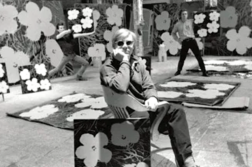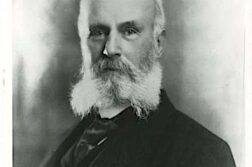BETWEEN THE SUMMERS of 2007 and 2009, I traveled the country interviewing a diverse group of prominent, interesting, and accomplished gay Americans. Out of those interviews—102 in all—came a book, Travels in a Gay Nation: Portraits of LGBTQ Americans, which was published this spring by the University of Wisconsin Press. Throughout the project, diversity was my guiding principle. I wanted not only a range of ages, ethnic backgrounds, geographical regions, and professions, but also a diversity of opinions about the importance that being lesbian, gay, bisexual, or transgender had in these folks’ lives and work.
My odyssey took me through an America that historian Neil Miller recently called “unimaginable 25 or even ten years ago.” People opened up to me about their queer lives with a candor and pride that was often astonishing. Initially, I thought that would be the power of the book—the sheer range of people and stories I had collected. I had no overarching thesis to promote, not even a hunch that I would find a common thread amidst all this beautiful multifariousness. Only after the book was released did I stop to ask myself if it sounded any unifying themes, and my answer was yes and no.






